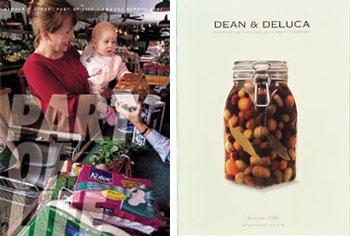Recently, a suggestion for discussion arrived in my inbox: “What constitutes good typography?” It’s one of those questions that unless asked is never addressed — mainly because of the ambiguity and subjectivity of the possible answers. I constantly praise the importance of good typography as a measurement of a good designer. Similarly, many of us seem to acknowledge when typography is good. But what in the world does it mean to do good typography?
In typography lies a big part of designers’ expertise: selecting the appropriate typeface(s) for each project, laying it down accordingly, spacing it evenly, not stretching it horizontally, etc. Ultimately anybody can do any of the above and call it design, so what separates good from bad? Is it the choice of typefaces (although I have seen marvelous things done in Cooper Black)? Is it the point size the font is set in (because I have come across annual reports beautifully set in 14 point Rockwell)? Perhaps it’s the combination of the classic sans-serif with serif combo that defines good typography? Or the leading? The kerning? What is it? What are the uncovered secrets of good typography?
A few other questions that I came up with while thinking about this:
— Is good typography only delegated to high-end projects like identities, annual reports and such or can it also be found in gigposters, night club flyers or mom & pop shops?
— What about the web? CSS now permits higher control of HTML type, however the options are slim and limited, how does good typography find its way unto the Web (please exclude typography created as images from this discussion).
And lastly, would you be willing to share some of your secrets to creating good typography?
(Samples of your work or of others to exemplify is encouraged).
Thanks to Carl Medley, student at Old Dominion University for the topic.







I think Rebecca uses typography well. Nice and clean.
On Mar.18.2004 at 09:15 AM